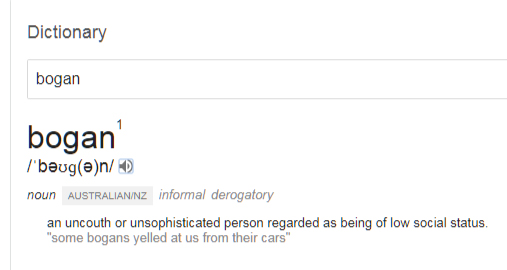Shakespeare’s Secret Masterpiece: Did the Bard Pen the King James Bible as His Greatest Prank?
Imagine a world where the greatest literary mind of all time didn’t just write Hamlet or Romeo and Juliet—but secretly crafted the King James Bible, slipping in a cheeky wink to posterity. It's a notion so audacious it feels ripped from a Shakespearean comedy: the Bard, quill in hand, pulling the wool over the eyes of kings, clergy, and history itself. But is there a shred of truth to the tantalising claim that Shakespeare’s finest work—and most devilish jest—was the Holy Book that shaped the English-speaking world? Let’s dive into this literary whodunit with a pint of scepticism and a dash of Elizabethan flair. The King James Bible, unveiled in 1611, stands as a monument of language and faith. Commissioned by King James I, it was the brainchild of a crack team of 47 scholars—learned blokes steeped in Hebrew, Greek, and Latin, tasked with forging a definitive English translation. Meanwhile, across the cobbled streets of London, William Shakespeare, born in 1564, was the toast of th...

.jpeg)


Comments
Post a Comment